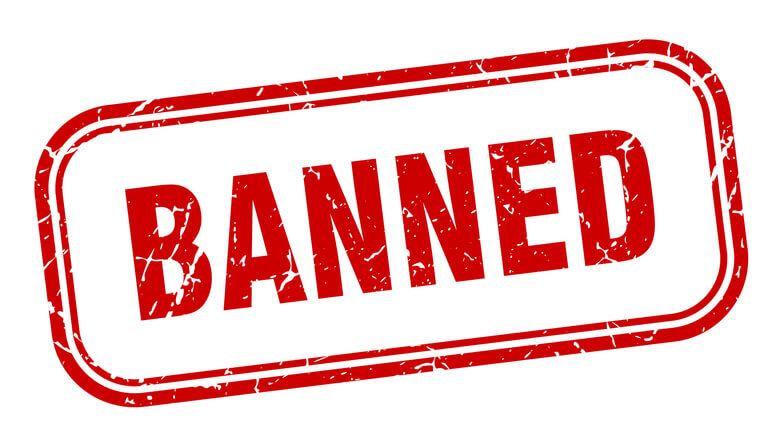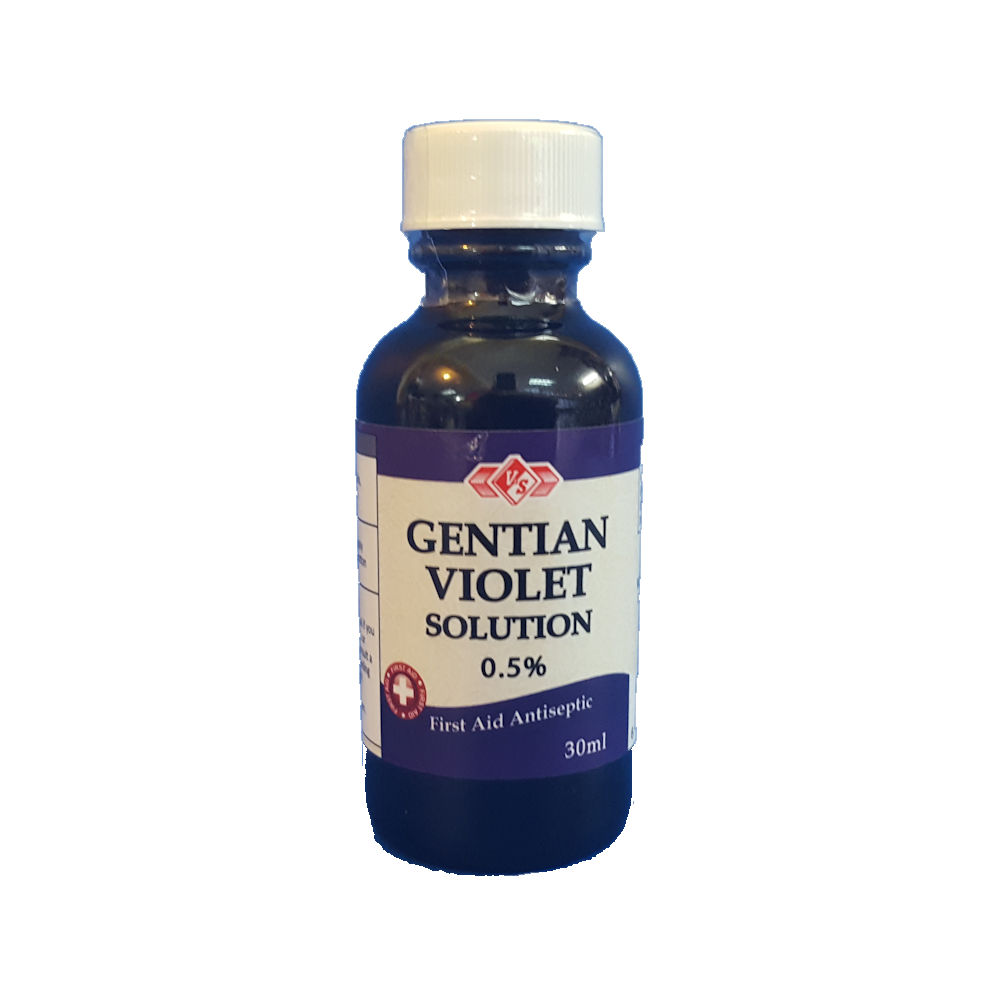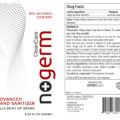What is gentian violet?
Gentian violet (GV) is an antiseptic dye that has been in use since 1890. The name is due to its colour, it is not made from gentian or violet flowers. Gentian violet has antifungal and some antibacterial activity and has traditionally been used as a topical treatment for a variety of dermatological conditions.
Synthesis of GV was attributed to French chemist Charles Lauth in 1861 under the name of ‘Violet de Paris’ and was popularized by George Grubler, a German pharmacist in 1880. Grubler marketed his dye only to biologists and it was not used in textiles. In 1884 Hans Gram noted the irreversible fixation of GV by Gram positive bacteria, which became the basis of the Gram stain for categorizing bacteria. GV was first introduced as an antiseptic by Stilling in 1891, which he marketed as pyoctanin. Stilling made boisterous claims about pyoctanin’s therapeutic use and advocated it for wounds, ulcers and infections of the eye.
One physician from Vienna reported injections of pyoctanin successfully treating two cases of sarcoma, predating GVs use in the treatment of malignant melanoma and as an inhibitor of angiogenesis by over 120 years. However, pyoctanin did not come into favor and its curative allegations were disputed. For the next two decades, further experimentation with GV in human subjects was abandoned.
However, there is little clinical trial evidence to support its effectiveness or long-term safety, so for many diseases, more modern treatments such as antibiotics and other systemic medications, are favoured. In many countries, gentian violet is no longer available for medical purposes.
What is gentian violet used for?
Gentian violet has been used to treat the following dermatological conditions:
Fungal infections, including fungal skin infections, oral candidiasis (oral thrush), and vulvovaginal candidiasis (vaginal thrush). More recently, gentian violet has been used to treat oral thrush in patients who are HIV-positive.
Superficial bacterial skin infections such as infected eczema, boils, and chronic (long-standing) leg ulcers. Gentian violet may also be active against Methicillin-resistant Staphylococcus aureus (MRSA).
Oral hairy leukoplakia (white plaques on the edges of the tongue). This condition occurs in patients with weakened immune systems, particularly HIV-positive individuals. Oral hairy leukoplakia is associated with Epstein-Barr virus (EBV), the cause of glandular fever. EBV infection results in the generation of reactive oxygen species; gentian violet is thought to work by inhibiting reactive oxygen species.
Other medical uses
- To prevent infection in the umbilical cord stump in newborns
- To control some intestinal parasitic worms (eg, threadworm)
- In blood banks to prevent blood transmission of Chagas disease
- As a dye to stain structures in the eye, for example during eye surgery
- In laboratories as the basis of the Gram stain (a common stain used to detect the presence of Gram-positive bacteria).
Why Is Gentian Violet Banned in Some Countries?
Following a safety review of human health products and veterinary drugs containing gentian violet by Health Canada, the public health watch dog concluded that exposure to the product may increase the risk of cancer.
Health Canada’s risk assessment of medical devices containing gentian violet found that the gentian violet is unlikely to come into direct contact with the skin. Therefore, these products do not pose an increased risk of cancer when used for a short time in most people, and they remain on the market in Canada. However, you should not use dressings containing gentian violet for longer than six months, or if you are pregnant or nursing.
Health Canada’s review was triggered by the World Health Organization’s Codex Alimentarius Commission’s recommendation on the potential risk of cancer associated with veterinary drug residues in foods, including gentian violet. Although the Commission’s recommendations were specific to food residues, Health Canada reviewed the safety of human non-prescription drugs, veterinary drugs and medical devices containing gentian violet.
Gentian violet has been withdrawn from the Canadian market due to these safety issues. In Australia, no veterinary products containing crystal (gentian) violet are currently registered for use. The Food and Drug Administration (FDA) has also determined that gentian violet is not generally recognized as safe and effective for any veterinary drug use in food animals and is a new animal drug subject to section 512 of the Federal Food, Drug, and Cosmetic Act.
What are some other side effects of Gentian Violet?
All drugs may cause side effects. However, many people have no side effects or only have minor side effects. Call your doctor or get medical help if any of these side effects or any other side effects bother you or do not go away:
- Skin irritation.
These are not all of the side effects that may occur. If you have questions about side effects, call your doctor. Call your doctor for medical advice about side effects.
If OVERDOSE is suspected:
If you think there has been an overdose, call your poison control center or get medical care right away. Be ready to tell or show what was taken, how much, and when it happened. SEE: Pictures Of FDA Banned Hand Sanitizers Containing Methanol







